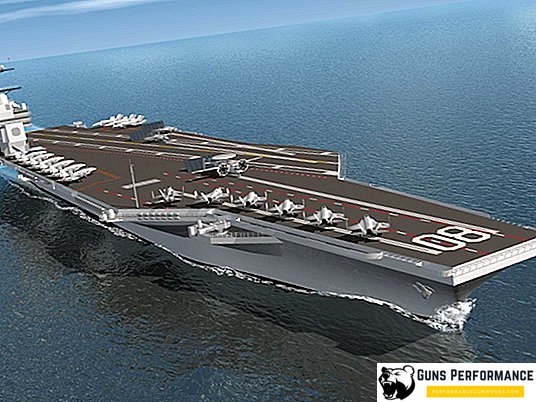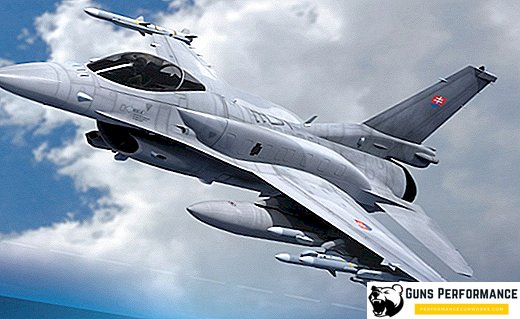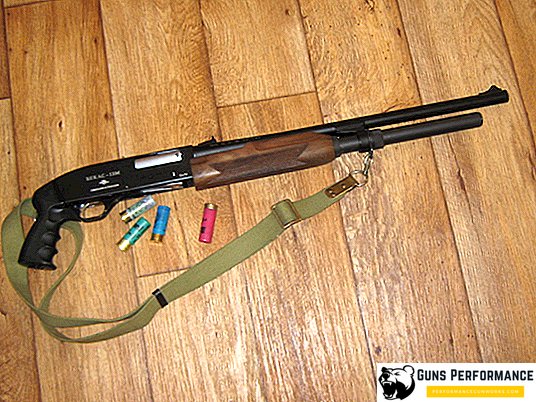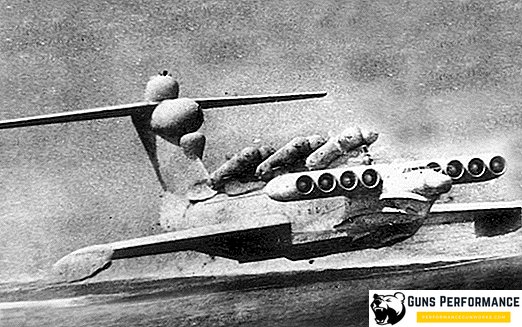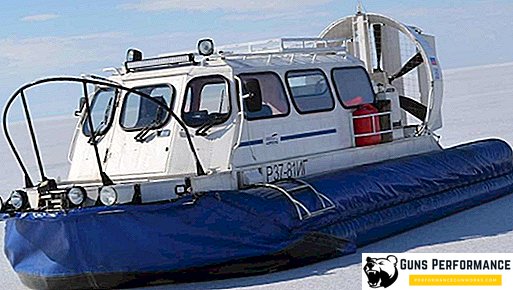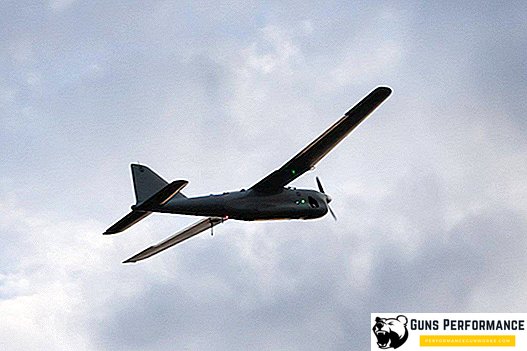The PAK FA T 50 (SU-57) aircraft is a fifth-generation multipurpose fighter, which in 2018 is at the very beginning of its flight life. Its design incorporates the latest scientific and technical achievements (including high speed, powerful engine, super-maneuverability, stealth, effective weaponry), many of which, however, are only being tested. The machine is the latest military development, as a result of which many of its tactical and technical characteristics will remain secret for some time. However, it is the concept of the T50 PAK FA in the coming decades that will determine the look of the domestic fighter aircraft.
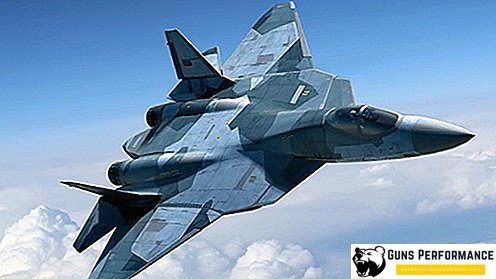
Work on the fifth-generation fighter in the USSR and the USA began simultaneously - in the early 1980s. But if the domestic fighter was created for quite a long time, then the 5th generation of American fighter prototypes left the hangars already in 1990. To continue the tests, the Americans eventually chose the YF-22 variant, and in 2002, its serial version was adopted under the designation Raptor F-22. It is this machine that today is the main competitor of the new domestic fighter T-50, which is being tested to this day.
The history of the T-50 PAK FA
In our own country, which had experienced serious upheavals in the 1990s, work on a promising front-line aviation complex was delayed. Therefore, news about Russian prototypes of the fifth-generation fighter began to appear only closer to the year 2000. Initially, the development of the PAK FA involved KB them. Mikoyan, and in 1994 it presented a prototype MiG 1.44 IFI. True, the tests of this machine, due to the lack of funding, have stopped, in fact, never having begun. An attempt to reanimate the project took place in 1999, but the plane was already morally obsolete.
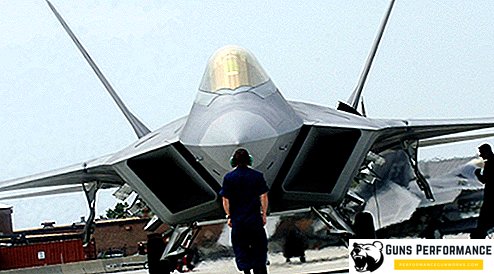
By that time, Project 1.44 was not the only prototype of the fifth generation fighter in Russia. In 1997, the SU-37, designed by the Sukhoi Design Bureau, took off into the air. In the future, the aircraft received the designation SU-47 and its own name "Berkut". However, this is in many ways a revolutionary machine with the reverse swept wing in the end did not become the basis for creating the PAK FA, but served as its experimental model for testing a number of necessary technologies. SU-47 and today helps to hone technical solutions, which will receive a promising Russian fighter, perhaps the sixth generation. Nevertheless, the work was done serious and largely successful, so it was precisely the Sukhoi Design Bureau. It was entrusted to create a new prototype of the fifth generation fighter.
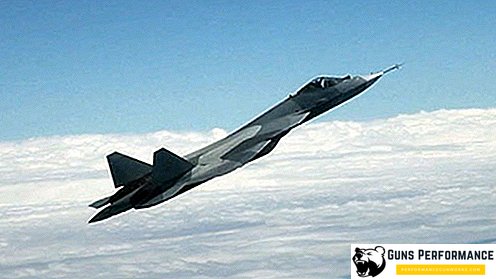
The car received the name "Advanced Aviation Complex of Frontal Aviation", or PAK FA. The following requirements were imposed on him:
- maneuverability;
- flying in cruise mode at supersonic speed without boost;
- low radar visibility;
- high performance weapons for air and ground targets.
The project was implemented in a very short time - already in 2004, a draft design of the fighter was ready. The prototypes of the T50 in Komsomolsk-on-Amur began to be assembled in 2007. In 2009, the first car, not yet designed for flight, so-called. "ground stand", were performed taxiing and jogging along the strip of the airfield. The first Russian flight copy of the PAK FA, which received the engine from the SU-35, was manufactured in 2010. At the end of January of the same year the historical moment came - the plane took off. In 2014, already 5 flight prototypes were tested.
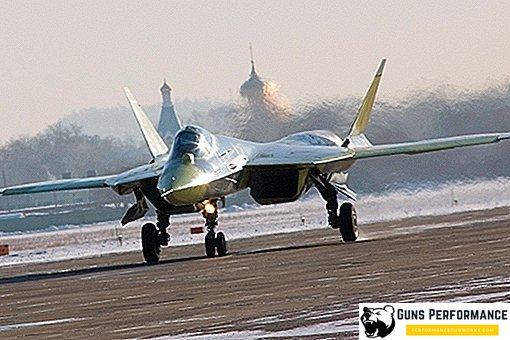
Design features of the SU-57 PAK FA
Some technical characteristics of the T-50 airframe:
- The wing is equipped with deflectable socks for better flow, as well as flaponons and ailerons;
- The front parts of the root flows are rotary;
- Vertical tail - all-turning, able to rotate at an angle of 90 degrees, performing the role of an air brake;
- Horizontal tail - all-rotary stabilizer;
- A brake parachute is used to reduce the mileage during landing;
- There is an in-flight refueling system.
The design of the fighter is widely used composite materials based on carbon fiber. Tests of the PAK FA T-50 showed that such materials significantly benefit from the specific strength in comparison with metal structures, as well as the possibility of creating products of complex shape. In total, about a quarter of all materials used in the T-50 are composites. Their maximum share is used on the outer surface of the aircraft, thereby greatly reducing its radar visibility.
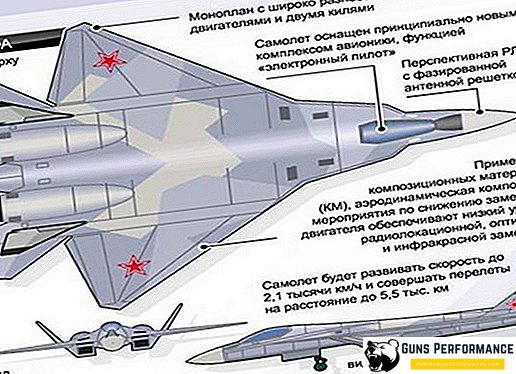
To further reduce this indicator on the PAK FA T-50, a whole set of measures was applied:
- many structural elements of the machine are made parallel to each other, which minimizes the number of directions of the reflected signal;
- The new main set of weapons T-50 is located in the internal compartments, closing the doors;
- the engine has curved air intake channels so that the radar signal is not reflected from the compressors.
As a result of the use of stealth technology, the effective scattering area (ESR) decreases from 12 square meters. m, like most fourth generation fighters, up to about 0.4 square meters. m, like the American F-22.
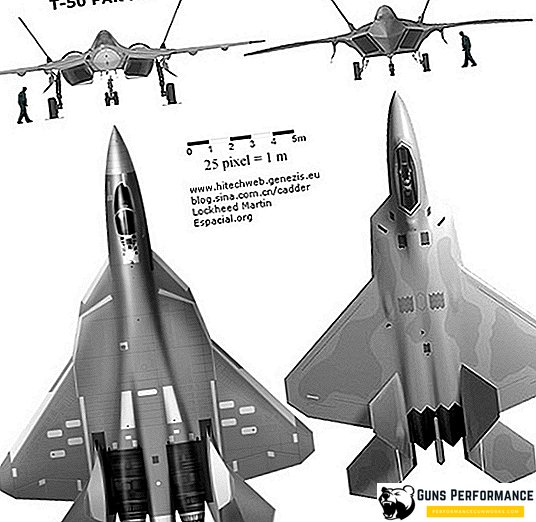
High thrust and early detection of targets
Another requirement for fifth-generation aircraft - access to supersonic speed without using afterburner mode. This allows, firstly, to save fuel, and secondly, reduces the visibility of the aircraft in the IR range. The multipurpose Russian fighter T50 is equipped with a pair of turbojet bypass engines with thrust vector control.
It should be noted that the fighter having the engine of the "first stage" or "product 117" came out for testing. This is an improved engine AL-41F1, installed on the serial machine SU-35. The new engine of the "second stage" will soon provide the PAK FA with even more opportunities. The maximum speed of the aircraft at an altitude of 2,600 km / h, the cruising speed that the PAK FA can develop without a boost, is 2.1 M.
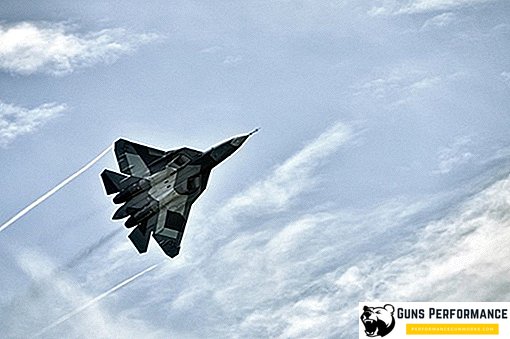
The most important structural component of the aircraft - a new locator with an active phased antenna array (AFAR). In each of the thousand or even two thousand cells of such an antenna there is a miniature transmitter and receiver. AFAR is able to accompany dozens of targets, detecting them at a great distance. The maximum detection distance is up to 400 km.
In addition, for the new T-50 a multifunctional radio-electronic system has been developed, which not only detects ground and air targets, but also solves the tasks of navigation, identification, radio-electronic reconnaissance and countermeasures. In the weapons control system there is also an opto-electronic station having the shape of a ball and placed in front of the cockpit lamp. She finds targets by their thermal radiation, and determines the distance using a laser rangefinder. The ECO can work in close combat with an on-target targeting system.
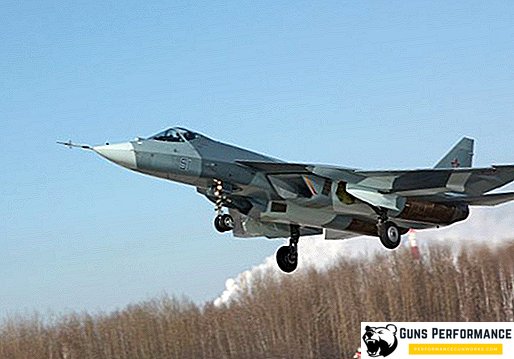
Armament and technical equipment of SU-57
On the fifth-generation aircraft did not abandon the gun armament. In a special compartment installed dual upgraded 30-mm cannon, ammunition which - 100 shells. The main armament includes two melee missiles and eight medium-range, located in two internal compartments. In addition, up to 14 missiles can be placed on external points of suspension.
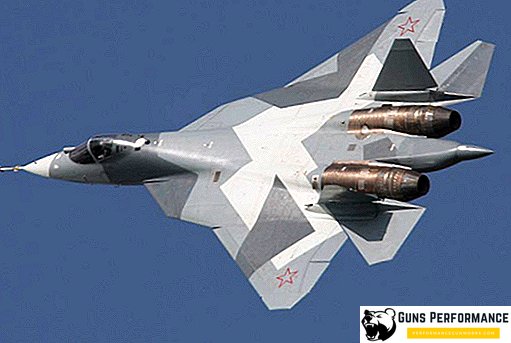
The prototype of the PAK FA cockpit can be considered the cockpit of the modern generation 4 ++ Su-35 fighter. It displays all the necessary information - speed, altitude, navigation, etc. The data is displayed on two 15-inch displays, and the pilot can put together all the output parameters as he is more comfortable. On the windshield indicator displays important flight information and sighting information. Moreover, unlike the SU-35, on the T-50, this newest ILS is widescreen, large.
Multipurpose aircraft T 50 is designed not only to conduct individual hostilities. An airplane is a part of a dynamic system, from which it receives target designation, guidance and in which it transmits information received by it independently, according to which other planes and other types of equipment can use their own weapons. The initial processing of information on the degree of threats, objectives and their types is provided by the system of intellectual support of the crew or "electronic pilot".
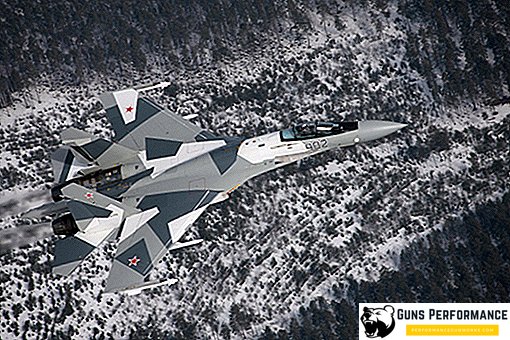
Thus, the T-50 pilot receives maximum information from the ground-based, space systems and aircraft sensors in the form of ready-made recommendations for certain actions, with which he must either agree or not. Perhaps no foreign aircraft, with the exception of the F-22, will not be able to compete with the PAK FA in a one-on-one battle.
Conclusion
The Russian T50 aircraft has a high speed, has super-maneuverability, is well equipped technically. It far surpasses the problematic F-35, which the Americans still cannot "bring to mind", and the promising Chinese fighter of the fifth generation J-20.


